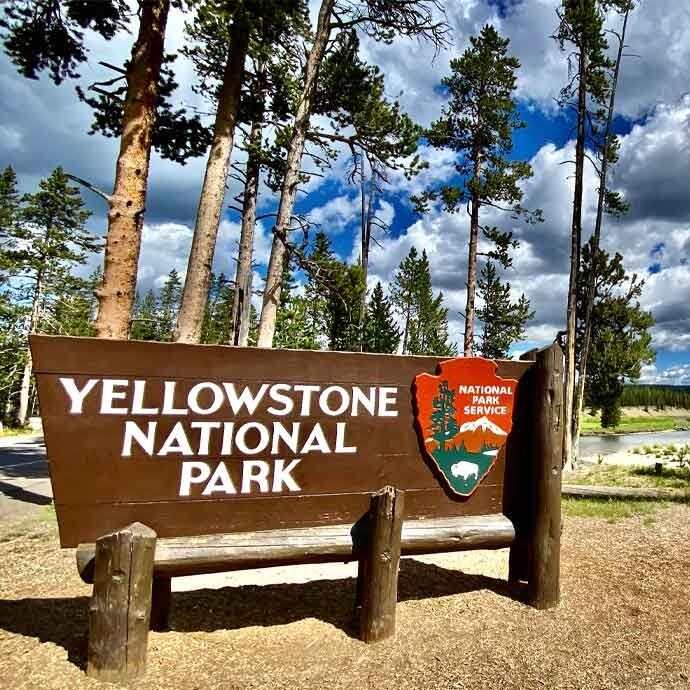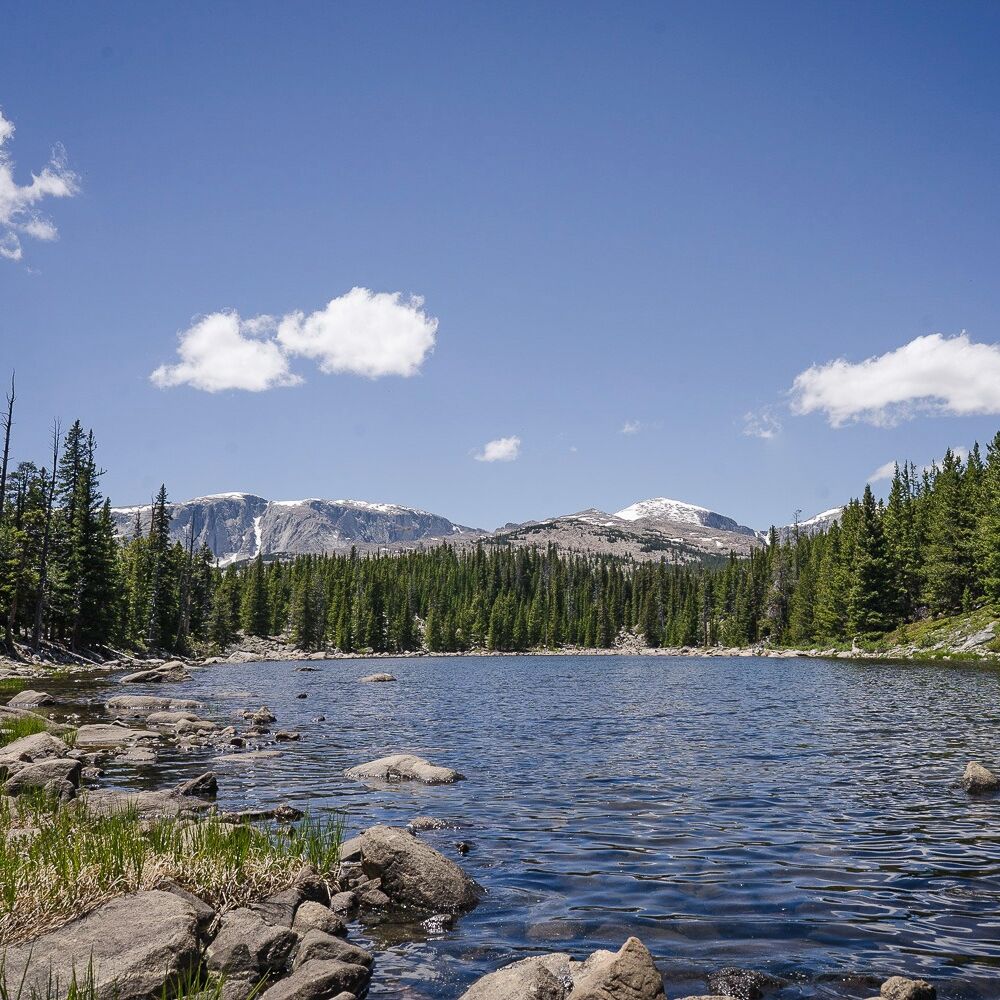
Kendrick & Sydney
Kendrick & Sydney
Things to Do
Yellowstone National Park
On March 1, 1872, Yellowstone became the first national park for all to enjoy the unique hydrothermal and geologic features. Within Yellowstone's 2.2 million acres, visitors have unparalleled opportunities to observe wildlife in an intact ecosystem, explore geothermal areas that contain about half the world’s active geysers, and view geologic wonders like the Grand Canyon of the Yellowstone River.
Hot Springs State Park
The Big Horn Hot Springs State Reserve became Wyoming’s first state park in 1897 and quickly became a popular destination for tourists and those seeking healing in the therapeutic mineral hot springs. As part of the original agreement with the Eastern Shoshone and Northern Arapaho tribes, who sold the land to the federal government, access to the mineral hot springs would remain free. Today, the Hot Springs State Park honors that treaty. A free bath house is open to the public year-round and the water is maintained at 104 degrees for therapeutic bathing.
The world-famous mineral hot springs flows over the park’s colorful terrace every 24 hours at a constant temperature of 128 degrees Fahrenheit. It is a full-service day-use park with comfort stations, trails, fishing, and a boat ramp.
The suspension foot bridge across the Bighorn River is commonly called “The Swinging Bridge.” The bridge offers a unique vantage point from which to view the Bighorn River and mineral terrace.
The Hot Springs State Park bison herd is the central herd for the Wyoming State Parks and has inhabited the park since 1916. During the late fall and winter months, the park bison are fed a daily supplement to insure good health.
Bighorn National Forest
Located in north-central Wyoming, the Bighorn Mountains are a sister range of the Rocky Mountains. Conveniently located halfway between Mt. Rushmore and Yellowstone National Park, the Bighorns are a great vacation destination in themselves. Visitors experience a diverse landscape - from grasslands to alpine meadows, clear lakes to glacial carved valleys and rolling hills to sheer mountain cliffs.


